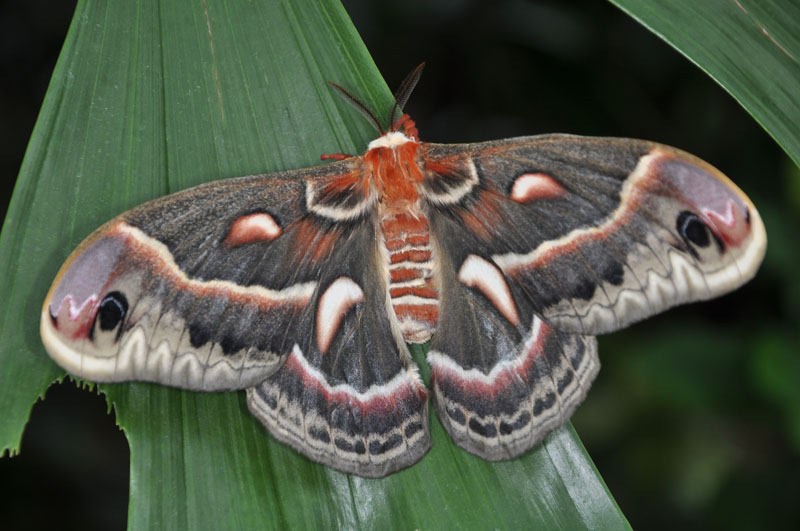
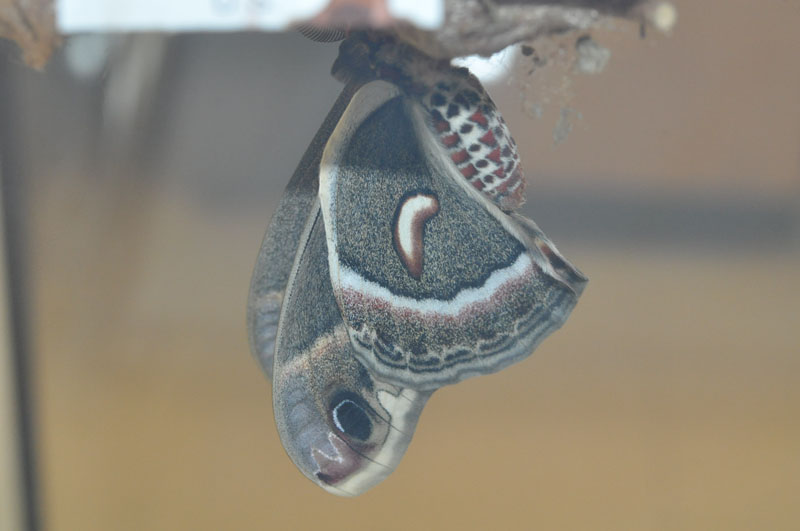
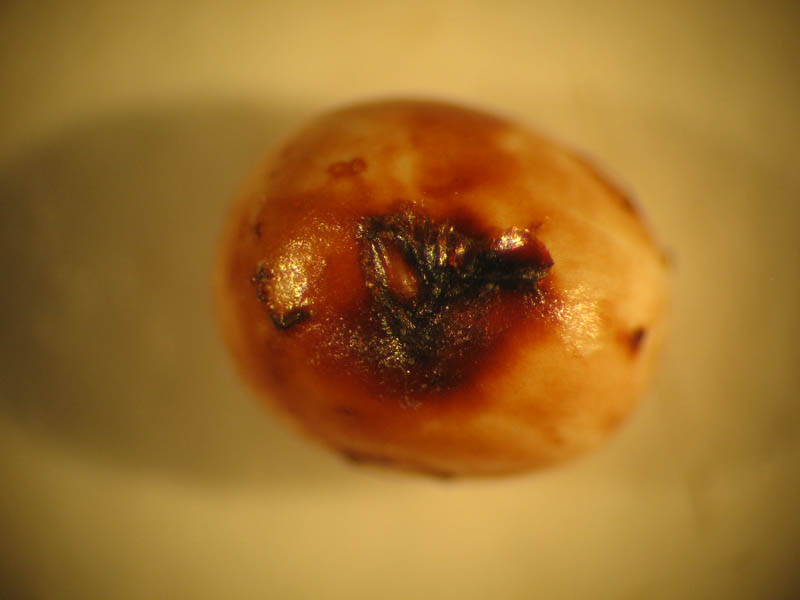
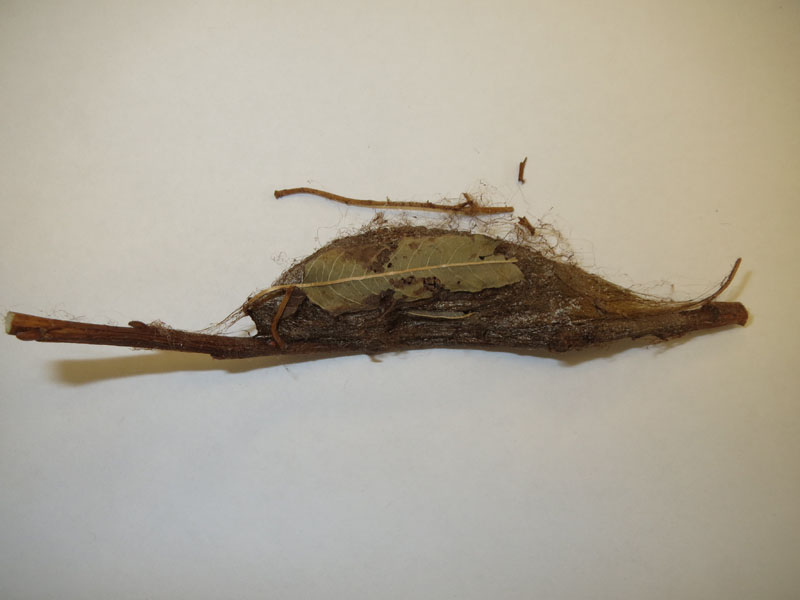
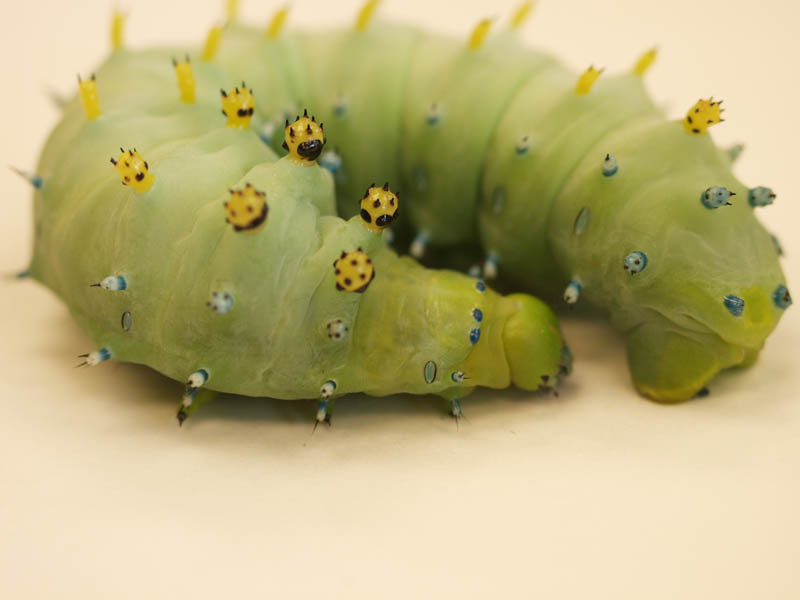
As adults, Cecropia do not have functional mouth parts, so they will never feed or drink any fluids.
The origin of the genus Hyalophora is currently unknown. In Greece, Cecrops was the first Athenian king of Athens.
Individuals are primarily found in areas where their host plants grow or the surrounding areas.
Newly emerged females release a pheromone, attractant fragrance, into the night sky which calls receptive males to her. The female lays her eggs in short strips on the host leaves. At the end of the larval stage the Cecropia forms a cocoon which is usually attached to a branch of the host plant.
There is only one generation of the Cecropia moth each year. The actual time when adults can be seen varies each year, depending on the weather, but it is often between April – June.
As the caterpillars of the Cecropia Moths molt and grow they not only change in size, but also appearance. The Cecropia Moth is considered the largest moth in North America.